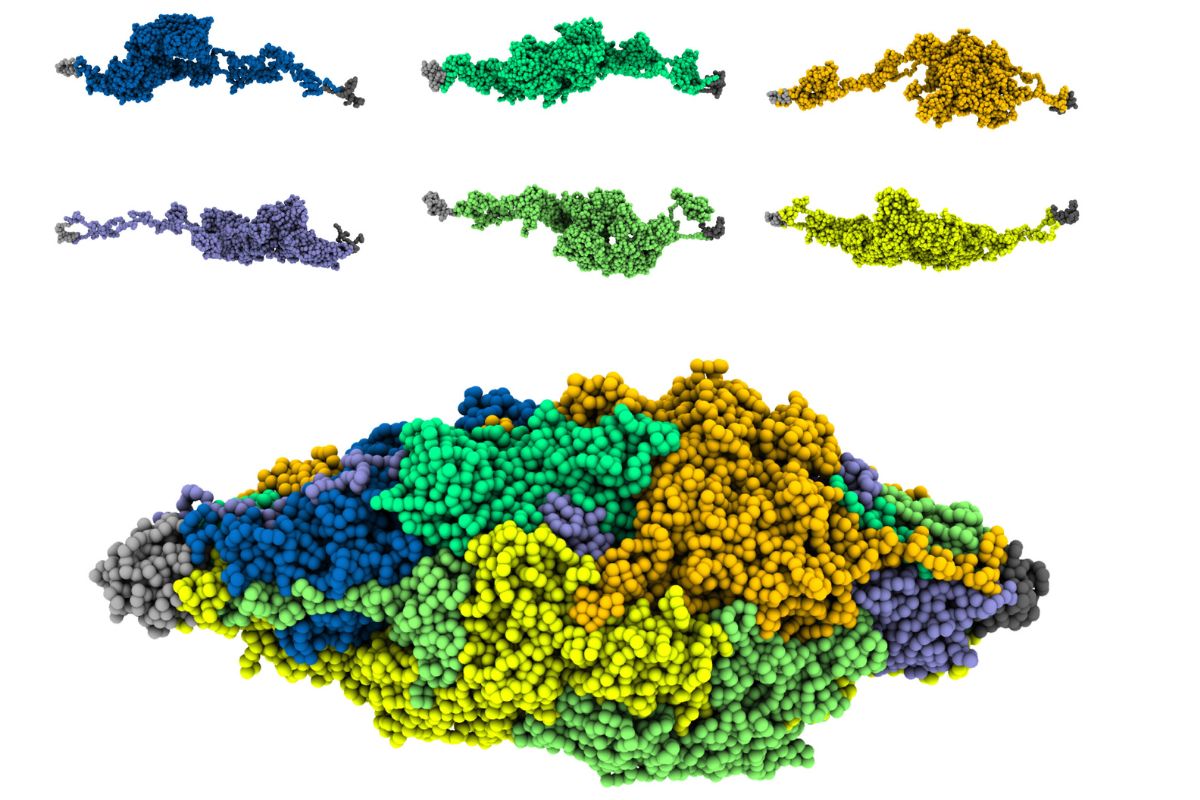
What are Basilar Artery Migraines? Basilar artery migraines, also known as migraines with brainstem aura, are a rare type of migraine that start in the brainstem. These migraines can cause a variety of symptoms, including changes in speech, hearing, and vision, as well as vertigo, tinnitus, and double vision. The headache phase can be severe and may last for hours or even days. Diagnosing this condition involves medical imaging to rule out other issues like seizures or strokes. Understanding the triggers and effective management strategies can significantly improve the quality of life for those affected. Let's dive into the details of this complex condition.
What Are Basilar Artery Migraines?
Basilar artery migraines, also known as migraines with brainstem aura, are a rare and complex type of migraine. They originate in the brainstem and come with a unique set of symptoms.
-
Definition and Naming: These migraines begin in the brainstem. The term "basilar" refers to the basilar artery, a major artery in the brain. Other names include basilar-type migraine, brainstem migraine, vertebrobasilar migraine, and Bickerstaff migraine.
-
History of Discovery: Bickerstaff first described basilar artery migraines in 1961. Since then, understanding of this condition has evolved significantly.
Symptoms of Basilar Artery Migraines
The symptoms of basilar artery migraines can be quite varied and often alarming. They occur before or during a migraine episode.
-
Aura Symptoms: Changes in speech, hearing, and vision are common. These can include altered speech patterns, difficulty finding words, impaired hearing, hypersensitivity to sound, visual disturbances like blurred vision, seeing flashing lights or zigzag lines, vertigo, tinnitus, double vision, and impaired muscle control.
-
Headache Phase: The headache can range from moderate to severe, often starting in one area of the head before spreading. Pain is usually exacerbated by light and noise.
-
Other Symptoms: Additional symptoms include tingling on both sides of the body, anxiety, hyperventilation, and a reduced level of consciousness. These symptoms are reversible but can be frightening.
Duration and Frequency
Understanding how long symptoms last and how often they occur is crucial for managing basilar artery migraines.
-
Duration of Symptoms: Aura symptoms typically last from 2 minutes to over an hour before fading. The headache phase may last for several hours or even days.
-
Frequency and Severity: Factors like stress, lack of sleep, certain foods, hormonal changes, and environmental stimuli can influence the frequency and severity of these migraines.
Diagnosing Basilar Artery Migraines
Accurate diagnosis is essential for effective treatment. This often involves a combination of clinical evaluation and medical imaging.
-
Diagnosis: Doctors may request an MRI or CT scan to rule out other conditions with similar symptoms, such as seizures, brain tumors, meningitis, or stroke.
-
Differential Diagnosis: Basilar migraines can resemble hemiplegic migraines, which cause weakness on one side of the body. Other conditions with similar symptoms include seizures, brain tumors, meningitis, and stroke.
Risk Factors and Triggers
Several factors can increase the likelihood of experiencing basilar migraines. Identifying these can help in managing the condition.
-
Genetic Factors: There is a genetic link between migraine pathogenesis and vascular-related pathways. Many genes related to circulatory system development and artery morphogenesis have been identified as probable causal genes for migraine.
-
Vascular Morphology: Basilar artery curvature has been associated with migraine with aura. Increased curvature may contribute to the development of migraine symptoms.
-
Hormonal Factors: Females who experience migraine with aura and take combined contraceptive pills may have a particularly high risk of ischemic stroke. Hormonal fluctuations can also trigger episodes.
Common Triggers
Knowing what can trigger a basilar migraine is key to avoiding episodes.
-
Stress: High levels of stress can trigger migraine episodes.
-
Alcohol: Consuming alcohol can trigger migraines.
-
Caffeine: Excessive caffeine consumption can also trigger migraines.
-
Nitrites in Food: Nitrites in food can trigger migraines.
-
Prolonged Hunger: Skipping meals or going too long without eating can trigger migraines.
-
Bright Lights: Exposure to bright lights can trigger migraines.
-
Motion Sickness: Motion sickness can trigger migraines.
-
Lack of Sleep: Inadequate sleep can trigger migraines.
-
Strong Smells: Strong smells, including some perfumes, can trigger migraines.
-
Rapid Changes in Barometric Pressure or Weather: Rapid changes in barometric pressure or weather can trigger migraines.
-
Overweight: Being overweight can increase the risk of experiencing migraines.
-
Overuse of Headache Medications: Overusing headache medications can lead to medication overuse headaches, which can trigger migraines.
-
Hormonal Contraceptive Pills: Taking hormonal contraceptive pills can increase the risk of experiencing migraines.
Final Thoughts on Basilar Artery Migraines
Basilar artery migraines, though rare, can be quite disruptive. They start in the brainstem and come with a mix of symptoms like visual disturbances, vertigo, and severe headaches. Diagnosing them involves ruling out other conditions with similar symptoms, like strokes or seizures. Triggers include stress, lack of sleep, and certain foods. Treatment often involves NSAIDs, antiemetic medications, and lifestyle changes to avoid triggers. Understanding the genetic and vascular links can help in managing the condition better. Early recognition and a comprehensive treatment plan can significantly improve the quality of life for those affected. Public awareness and education are crucial for timely diagnosis and effective management. By knowing the symptoms and triggers, individuals can take proactive steps to manage their condition and reduce the frequency and severity of episodes.
Was this page helpful?
Our commitment to delivering trustworthy and engaging content is at the heart of what we do. Each fact on our site is contributed by real users like you, bringing a wealth of diverse insights and information. To ensure the highest standards of accuracy and reliability, our dedicated editors meticulously review each submission. This process guarantees that the facts we share are not only fascinating but also credible. Trust in our commitment to quality and authenticity as you explore and learn with us.


